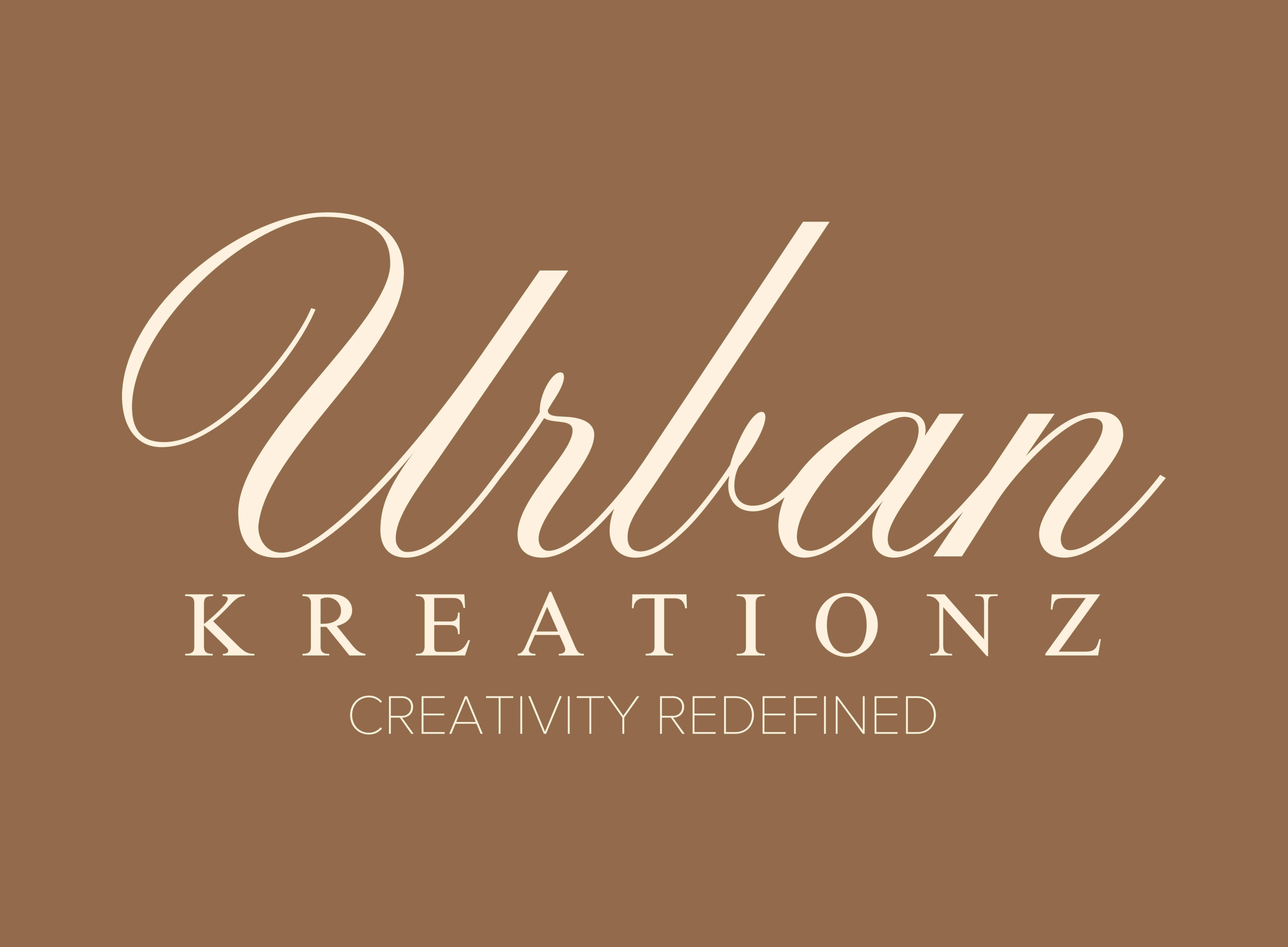
For many millennials, owning a home is the exception not the rule. Steeped in debt from student loans, cost of living expenses and no generational wealth to speak of, the road to homeownership could be challenging. When millennials seek financing through lending institutions, their inability to satisfy rigorous conditions and the institutions’ unwavering adherence to a fixed debt-service ratio (DSR) are among the reasons that homeownership can lose its appeal. Still, that might not be sufficient reason to abandon dreams of homeownership. Here are some things to consider.
5. Consolidating Debts
The advantage of consolidating debt is that it will likely result in lower monthly payments. This can inform whether millennials either have more money to devote to a mortgage, or savings which they can use for the downpayment on a home if one is required. The disadvantage of consolidating debt, however, is that it will likely result in extended monthly payments.
Before choosing whether or not to consolidate, talk to an experienced lender and note the time left to repay each loan. Sometimes, consolidating every loan might be the sensible thing to do. At other times, however, it might be better to select which loans make the most sense for you to consolidate.
4. Saving for the Downpayment
There are no hard and fast rules about how much you should save or when you should start saving. The most important thing to remember is that saving is a viable option.
The typical mortgage lasts for 25 to 30 years. That’s between 300 to 360 months. In contrast, if you were to consistently deposit $350 per month into a savings account for 60 months, you would save $21000 in only 5 years. If time is on your side then your savings might be too.
3. Lease to Own Agreements
Lease to own agreements are perfect for tenants who want to exercise an option to buy their existing abode if the opportunity presents itself in the future. There might also be an option to subtract some of the rent paid from the purchase price, making it even more attractive to the prospective homeowner. Plus, if you have already acclimated to the property and the community, you might consider it the perfect solution instead of uprooting your life for a home somewhere else. Talk to your landlord or an attorney about your options and always be realistic about what you can afford.
2. Building vs Buying
Whether you choose to build a new home or to purchase one that has been slightly lived in is a matter of preference. Whatever you decide, consider the pros and cons of each.
One pro of building a house is that everything in it will likely be new. This means that it should take years before upgrades or repairs would be required due to wear and tear. The downside is that this would almost certainly increase the purchase price.
On the flipside, one advantage of buying an older house, especially in a buyer’s market, is that the purchase price would likely be lower than a comparable new build (if there is such a thing). The disadvantage, however, is that there might be unexpected, hidden costs which creep up on the homeowner over time due to the age of the property.
As always, seek professional assistance in the form of reputable contractors, designers, inspectors and like professionals who can advise you about the true cost of owning the home of your dreams or at least the home of your reality for the time being.
1. Modifying Expectations
Lastly, modifying expectations does not necessarily mean giving up on your dream home. It might, however, mean, making sacrifices until you can live your dream.
You might not be able to buy your dream home today, but you might be able to afford a starter home. That starter home can ultimately be an asset to assist you in acquiring your dream home down the line. Alternatively, you might adjust to life in the starter home so well that you modify your expectations of having a dream home and embrace your current reality as a contented homeowner.


